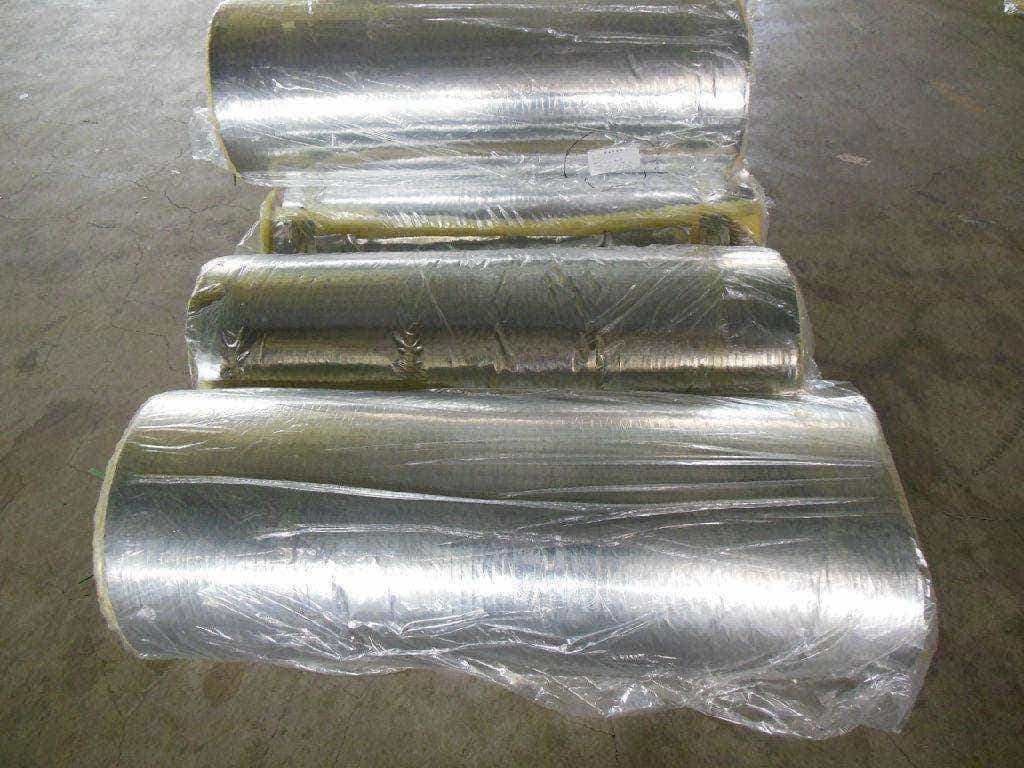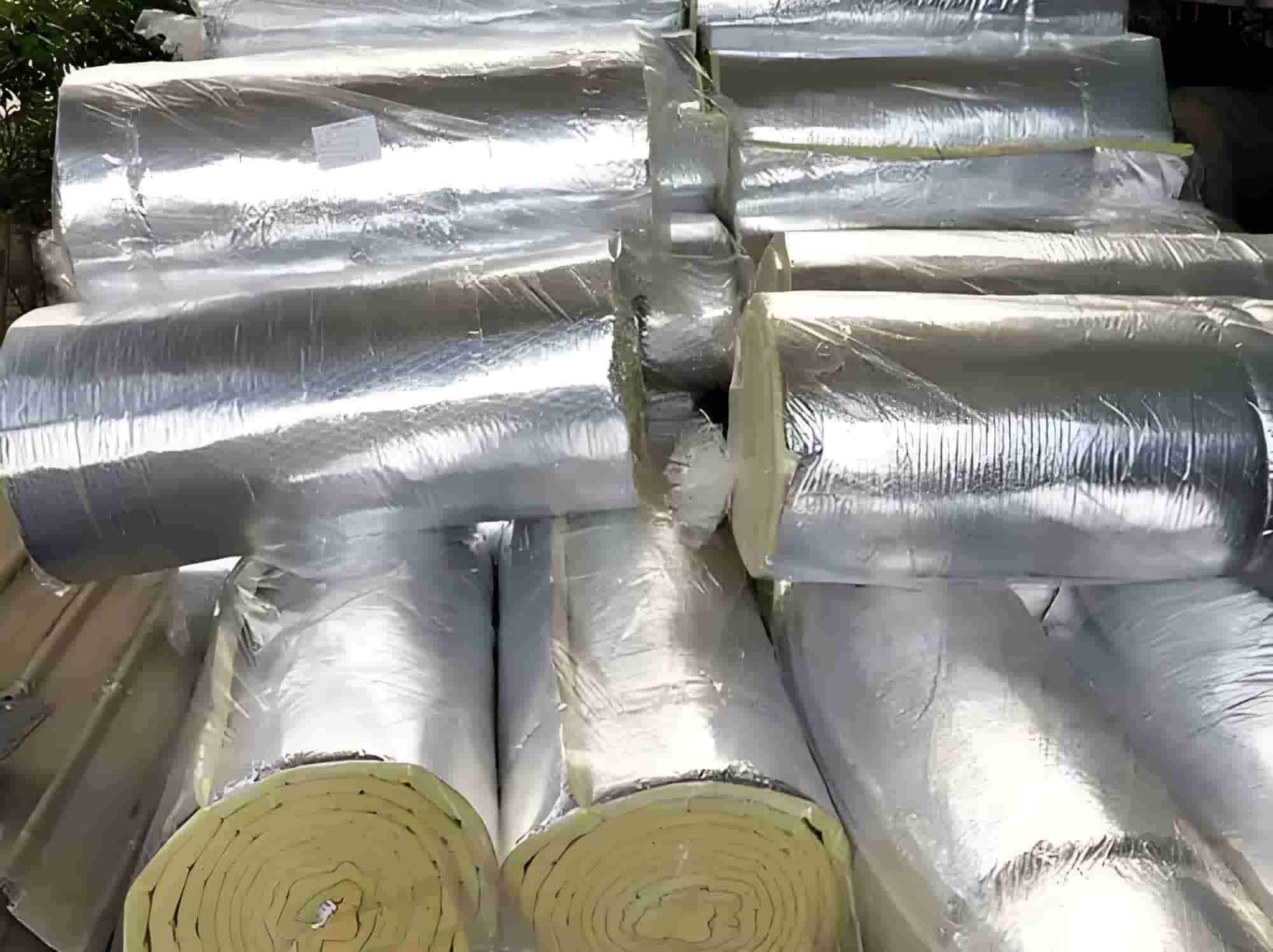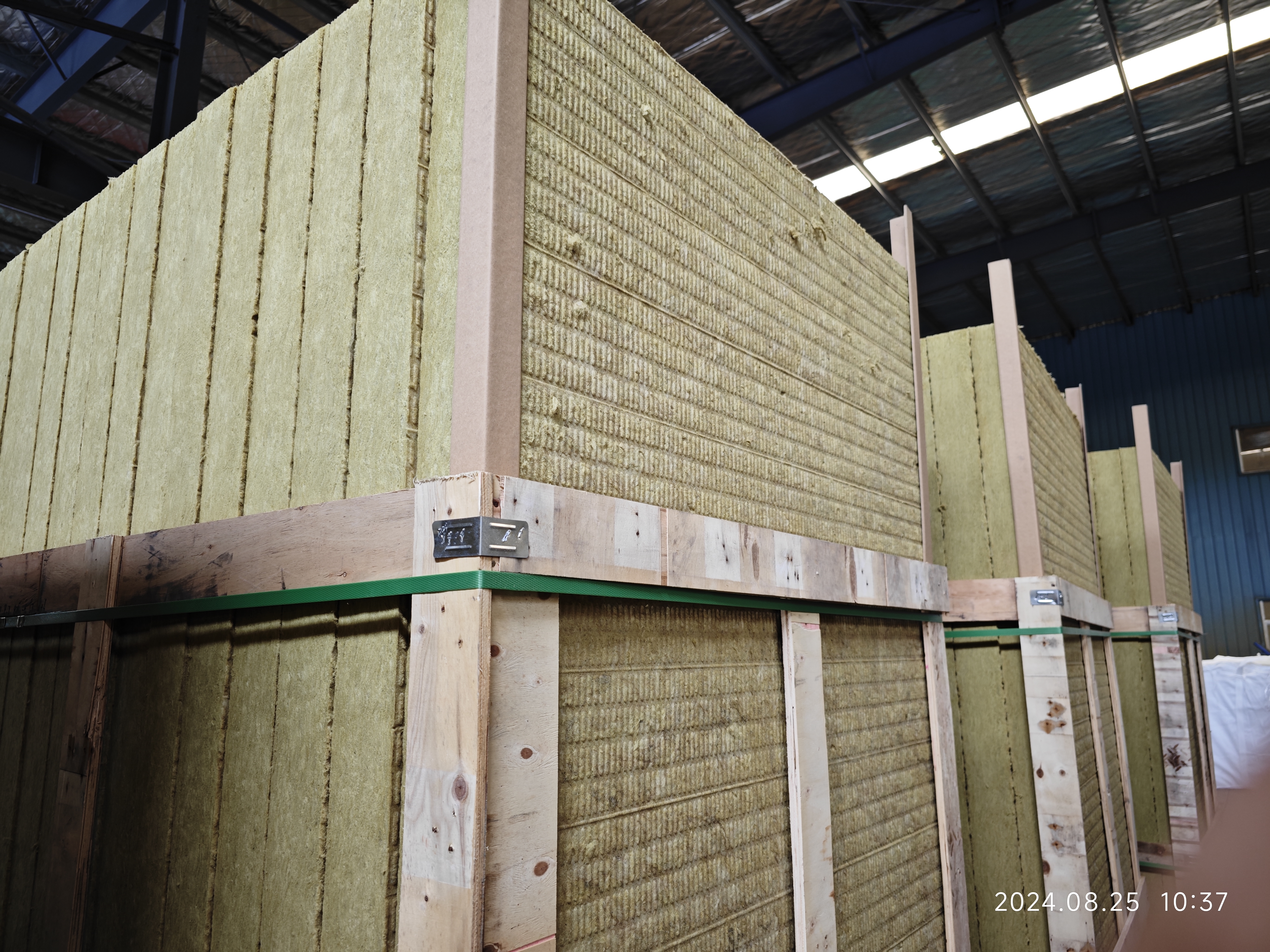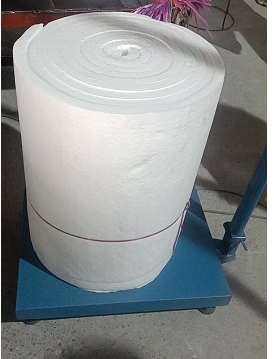Aluminium foil glass wool insulation, a composite material combining glass wool fibers with a reflective aluminium foil layer, has gained traction in construction and industrial sectors for its dual-action thermal performance. But how effective is it really? This article delves into its efficiency, applications, and real-world benefits, backed by technical data and user insights.

1. Thermal Performance: The Science Behind the Synergy
- Radiant Heat Barrier: The aluminium foil reflects up to 97% of radiant heat (ASTM C1371 tested), reducing heat gain/loss in buildings.
- Conductive Heat Resistance: Glass wool’s low thermal conductivity (0.032–0.045 W/m·K) minimizes conductive heat flow, creating a “thermal break.”
- Combined R-Value: A 50mm thick foil-faced blanket achieves an R-value of 1.2–1.5 in walls, outperforming single-layer materials by 30%.
2. Key Applications & Sector-Specific Effectiveness
A. Residential & Commercial Buildings
- Roof/Attic Insulation: Lowers summer attic temperatures by 15–20°C, cutting AC costs by 25–40% (DOE studies).
- Wall Cavities: Prevents condensation in humid climates when paired with vapor barriers (ASTM E96 compliant).
- Floor Underlayment: Reduces footfall noise by 10–15 dB while maintaining thermal comfort.
B. Industrial Applications
- Hot/Cold Piping: Maintains temperature within ±2°C over 24 hours (EN 14707 tested), critical for chemical plants.
- Furnace Ducts: Withstands 450°C continuous exposure, enhancing energy efficiency by 18–22% in steel mills.
- Refrigeration Units: Extends compressor lifespan by 30% through reduced thermal cycling.
C. Specialized Uses
- Marine Vessels: Resists saltwater corrosion while maintaining R-value integrity (DNV GL certification).
- Fire-Rated Partitions: Achieves 60-minute fire resistance (ASTM E119) when combined with gypsum boards.
3. Factors Affecting Real-World Performance
- Installation Quality: Gaps >5mm reduce R-value by 40% (NFRC simulation). Use foil tape for airtight seals.
- Material Thickness: 100mm thickness provides 20% better performance than 50mm in sub-zero environments.
- Orientation: Foil-side placement matters—face inward for heating climates, outward for cooling-dominated zones.
4. User Feedback & Case Studies
- Positive Reviews:
- “Reduced boiler fuel consumption by 15%” – Plant Manager, Indonesian paper mill.
- Common Complaints:
- Fiber shedding during installation (mitigated by wearing PPE).
- Foil delamination in high-humidity areas (solved with butyl tape seals).
5. Cost-Benefit Analysis
- Initial Cost: 15–20% premium over standard glass wool, but pays back in 3–5 years via energy savings.
- Lifecycle Value: Maintains 90% R-value after 25 years (BBA certification), outlasting foam boards by 2x.

6. Limitations & When to Avoid
- Not for Direct Sunlight: Foil degrades under prolonged UV exposure; use with cladding.
- Avoid in Wet Environments: Without a vapor barrier, moisture reduces R-value by 35% (ASTM C1104).
Conclusion
Aluminium foil glass wool insulation delivers measurable energy savings and climate control when installed correctly. Its effectiveness shines in extreme climates, industrial settings, and fire-sensitive applications. For optimal results, pair with professional installation and adhere to ASTM/EN standards.




